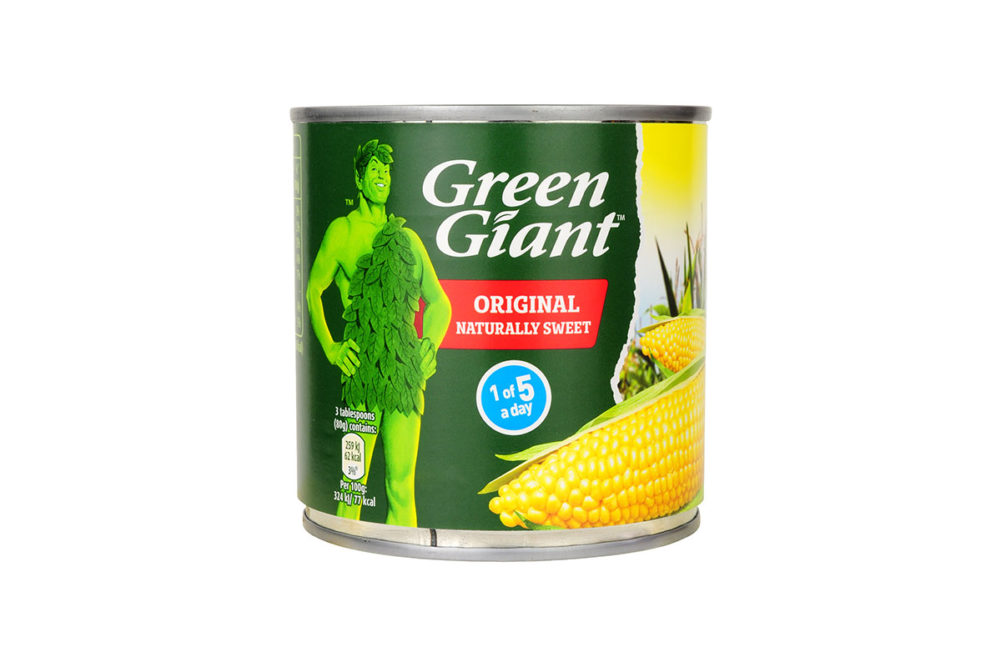PARSIPPANY, NJ. — Divestiture plans already have led B&G Foods to sell the Back to Nature brand and the Green Giant US shelf-stable product line.
“This is two of others probably to come,” said Bruce C. Wacha, chief financial officer, in a Nov. 8 earnings call to discuss third-quarter financial results.
He mentioned that Casey Keller, president and chief executive officer, has talked about divesting companies that in total could make up 10% to 15% of total B&G Foods’ net sales.
“As far as the overall M&A environment, it’s been relatively quiet over the last two years, but it has shown spurts of some big deals getting done and some other deals like this transaction (Green Giant) getting done,” Mr. Wacha said.
B&G Foods sold the Back to Nature brand to The Barilla Group in December 2022. The sale of the Green Giant canned product line in the United States to Seneca Foods Corp. was announced on Nov. 8. B&G Foods will retain ownership of the Green Giant trademarks and will license the Green Giant brand name to Seneca Foods.
“This divestiture is a critical step in our efforts to focus the portfolio on categories and brands where we can drive valuation growth, consistent with our choices, resources and capability,” Mr. Keller said Nov. 8. “Canned vegetables are a mature category with high working capital needs. The seasonal crop inventory is packed and held for the entire year.”
The canned business had almost no synergies with the Green Giant frozen portfolio, Mr. Keller said.
“We expect that the Green Giant US canned vegetable divestiture will modestly increase overall margins and modestly reduce leverage,” he said. “Beyond this transaction, we continue to evaluate existing businesses that have lower margin and cash flow, higher working capital complexity or do not fit with our core capabilities and business unit structure.
“The divestitures of Back to Nature and Green Giant US canned vegetables are critical steps on that journey. We have a target list being actively worked to reshape and focus the portfolio with the expectation that the proceeds from any divestitures would primarily be used to reduce long-term debt.”
In the third quarter ended Sept. 30, Parsippany-based B&G Foods had a loss of $83 million, which compared with a loss of $60 million in the previous year’s third quarter. This year’s net loss primarily was attributable to non-cash charges for the impairment of assets. Net sales dropped 4.9% to $503 million from $528 million, primarily due to a decrease in unit volume and the Back to Nature divestiture.
In guidance for the fiscal year, net sales were revised to a range of $2.05 billion to $2.07 billion from a previous range of $2.11 billion to $2.13 billion. Adjusted diluted earnings per share were revised to a range of 93¢ to $1.13 from a previous range of 95¢ to $1.15.
Net sales for Green Giant, including Le Sueur, decreased 11% in the third quarter.
“The question mark for me is frozen,” Mr. Keller said. “It’s frozen because I think we have to improve the funnel economics on the business. We have to figure out how to improve our distribution in frozen network and get a little bit more efficient in order for me to say that’s a long-term focus for the company.”
Net sales increased 32% for Clabber Girl and 6% for B&G Foods’ spices and seasonings business.
“Trends were particularly strong on the foodservice and member’s mark Sam’s label business, which largely serve out-of-home and small business customers,” Mr. Keller said of the spices and seasonings business.
Net sales decreased 16% for Crisco.
“The Crisco net sales decline resulted from a 15% list price reduction in August, consistent with our commodity pricing model on the brand,” Mr. Keller said. “Soybean oil costs are down significantly, about 20¢ per lb versus Q3 last year, which we pass through to consumers while maintaining gross profit dollars.”
Over the first three quarters of the fiscal year, a loss of $69 million compared with a loss of $36 million in the same time of the previous year. Nine-month net sales fell 3.6% to $1.48 billion from $1.54 billion.




